Extended use of condensers in HVAC systems often leads to the formation of scale deposits in the pipes. If not addressed promptly, these deposits can compromise heat exchange efficiency, resulting in elevated condensation temperatures, reduced cooling capacity, and increased power consumption. Regular scale removal is crucial for maintaining optimal system performance.
Methods for Scale Removal and Prevention:
Mechanical Descaling Method:
Procedure:
Evacuate refrigerant from the condenser.
Close all valves connected to the refrigeration system.
Supply cooling water to the condenser.
Use a flexible shaft cleaner with a rotating scraper to gently remove scale deposits.
Employ circulating cooling water to cool the scraper and flush removed debris into a collection tank.
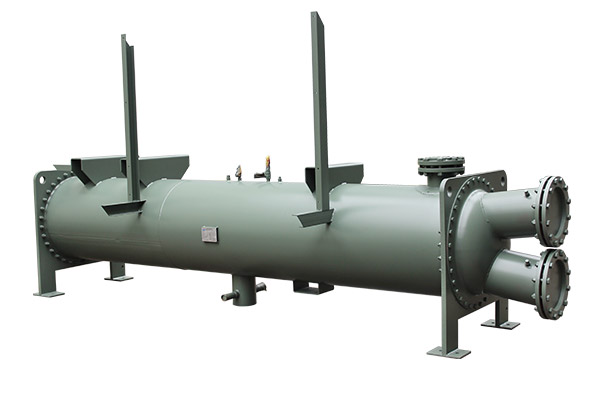
Considerations:
Choose an appropriate scraper diameter for effective yet non-damaging descaling.
Conduct the process in multiple passes for thorough scale removal.
Chemical Cleaning Method:
Procedure:
Prepare a descaling solution with a mild acidic cleaner.
Circulate the solution through the condenser for approximately 24 hours.
After circulation, use a round steel brush to scrub and rinse the condenser.
Ensure thorough rinsing to eliminate any residual cleaning solution.
Considerations:
Exercise caution with acids; follow safety guidelines.
Effective for vertical and horizontal shell-and-tube condensers.
Electronic Magnetic Descaling:
Overview:
Electronic magnetic water treatment involves the use of a magnetic field to alter the properties of water, preventing scale formation.
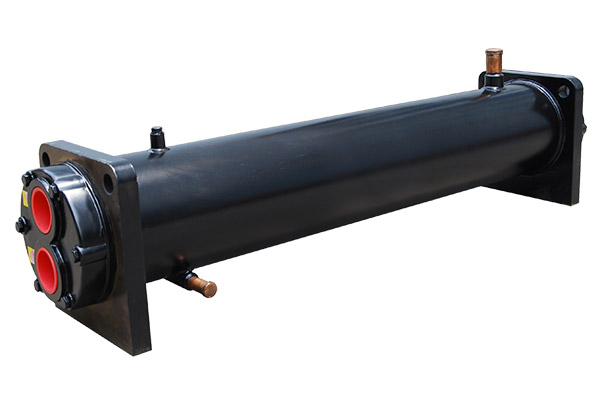
Procedure:
Install an electronic magnetic water conditioner in the cooling water circuit.
The device induces a magnetic field that disrupts the crystallization of calcium and magnesium ions in the water.
This prevents the formation of hard, adherent scale deposits.
Loose particles are carried away by the flowing cooling water.
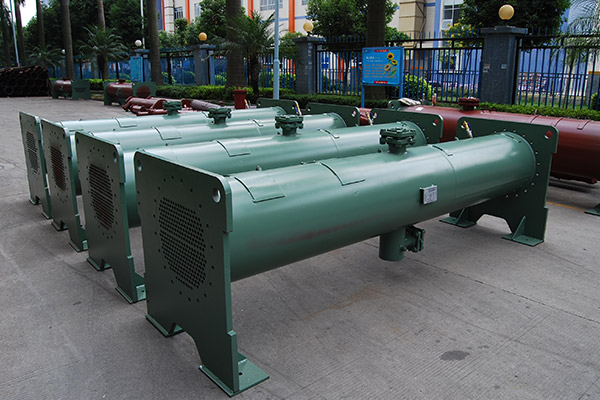
Considerations:
Provides ongoing prevention against scale formation.
Does not interfere with the normal operation of the refrigeration system.
Significance of Scale Removal and Energy Efficiency:
Condenser scaling results in increased thermal resistance, reducing heat transfer efficiency and raising condensation temperatures. This, in turn, leads to higher energy consumption and operational costs. Regular scale removal not only ensures optimal system efficiency but also prevents energy wastage, contributing to sustainable and cost-effective HVAC operation.
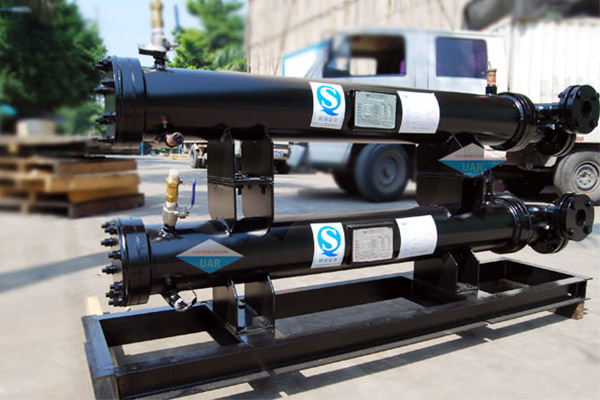
Implementing these scale removal and prevention strategies enhances the longevity and energy efficiency of HVAC systems, aligning with the principles of energy conservation and environmental sustainability.
H.Stars Group with 30+ years of experience can help you with our advanced HVAC equipment, If you would like to learn more about Industrial cooling equipment, please leave your inquiry on our website, and our sales team will contact you as soon as possible.
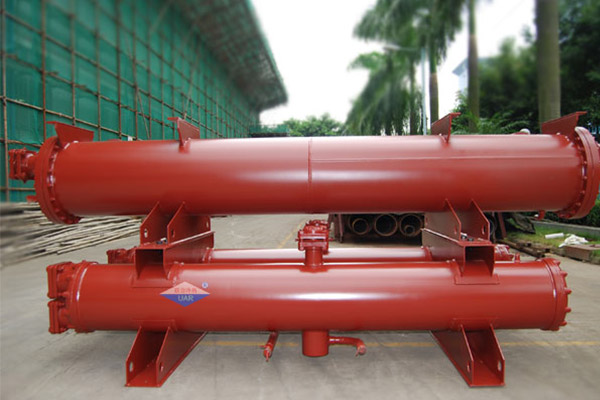
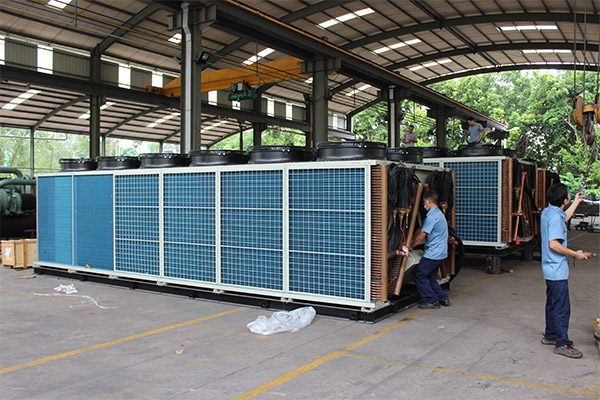
评论
发表评论